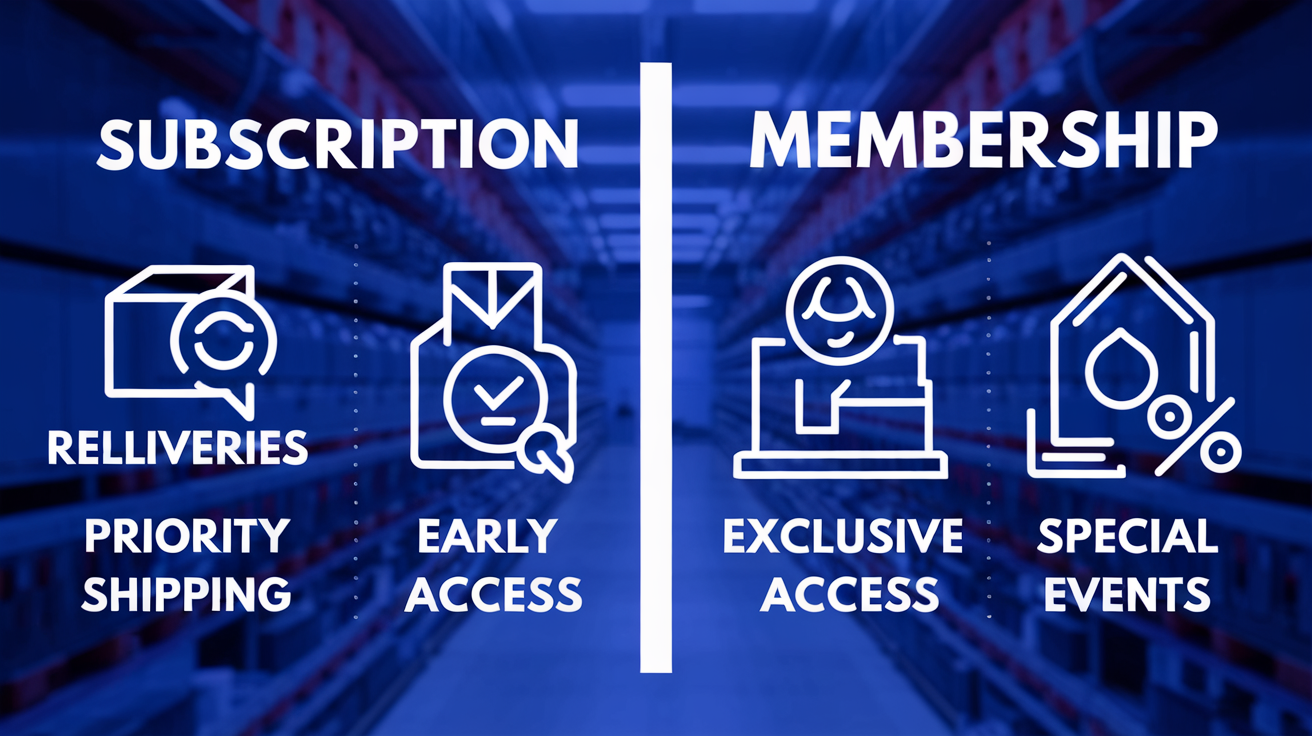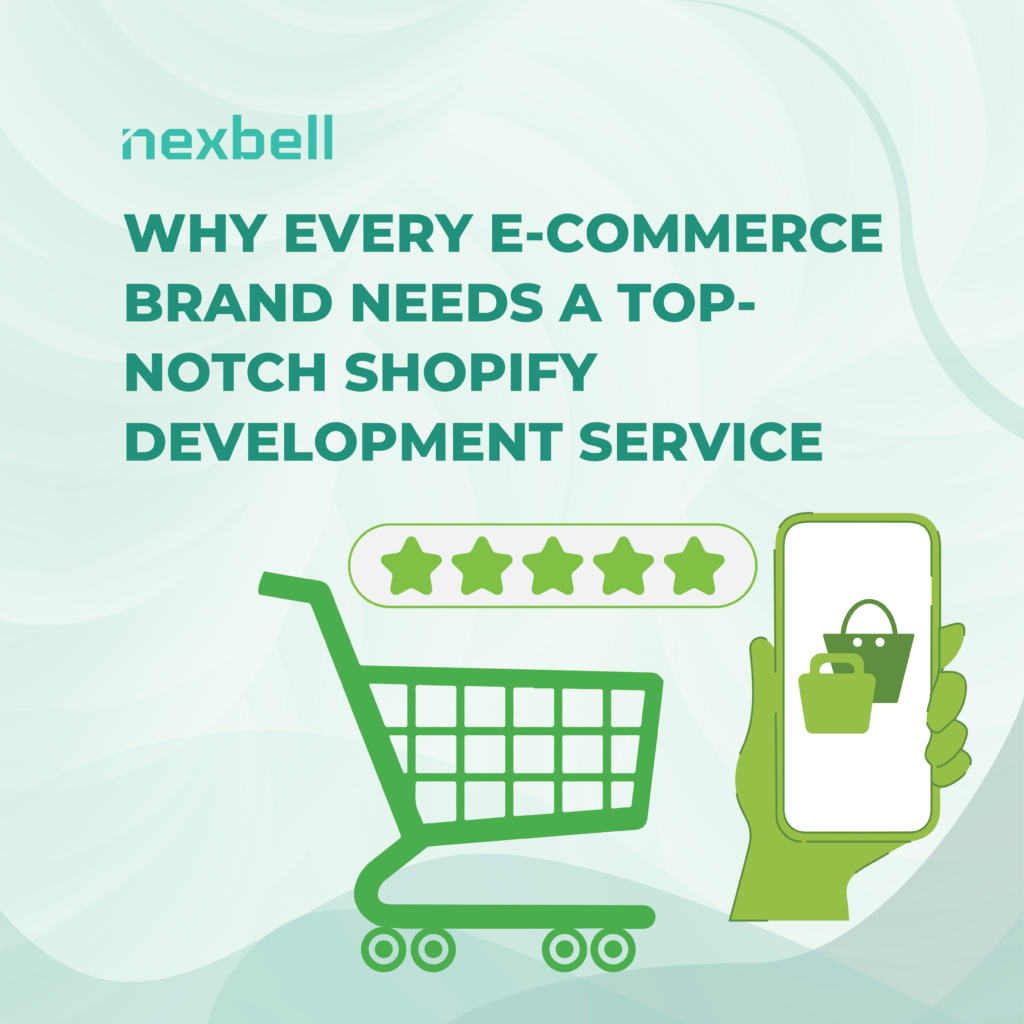In the rapidly evolving world of e-commerce, subscription and membership-based solutions have become a dominant business model. These systems allow companies to establish recurring revenue streams while fostering long-term relationships with customers. In this blog, we will explore the basics of subscription and membership-based e-commerce, how they work, the benefits they offer to businesses and customers, and some key considerations for implementing these solutions.
What Are Subscription and Membership-Based E-Commerce Solutions?
Subscription and membership-based e-commerce solutions are models where customers pay a recurring fee, usually monthly or annually, in exchange for goods, services, or exclusive access to content.
- Subscription Model: In this model, businesses provide products or services on a regular basis. For example, streaming services like Netflix and Spotify deliver continuous entertainment, while companies like Dollar Shave Club send regular shipments of physical goods.
- Membership Model: This model focuses on offering customers exclusive benefits, discounts, or access. Membership examples include Amazon Prime, which provides expedited shipping, streaming access, and other perks for an annual fee.
Both models create opportunities for businesses to engage customers over time while ensuring predictable income.
How Do These Solutions Work?
Subscription and membership-based e-commerce solutions typically involve the following steps:
- Customer Signup
Customers sign up for a plan on a website or platform. During this process, they select the desired tier or package that best suits their needs. - Payment Processing
Payment is made upfront and is set to renew automatically at regular intervals (e.g., monthly or yearly). Businesses use secure payment gateways to manage recurring billing. - Product or Service Delivery
Based on the subscription or membership terms, customers receive their goods, services, or benefits. For subscriptions, it could be monthly product boxes, and for memberships, it could mean continuous access to exclusive content or discounts. - Ongoing Management
Customers can often manage their subscriptions or memberships online, allowing them to pause, cancel, or upgrade their plans as needed.

Benefits of Subscription and Membership Models
1. For Businesses
- Predictable Revenue
These models offer consistent and recurring income streams, which improve cash flow and business forecasting. - Stronger Customer Relationships
Regular interactions with customers provide an opportunity to build loyalty. Long-term relationships can help reduce customer churn. - Data and Insights
Businesses gain valuable customer data over time, enabling them to tailor services, personalize offers, and optimize the customer experience. - Cost Efficiency
The recurring nature of these models allows businesses to plan inventory, staffing, and marketing more efficiently. - Scalability
Subscription and membership models can scale with demand. Adding new members or subscribers doesn’t usually require significant additional resources.
2. For Customers
- Convenience
Subscriptions eliminate the need to repeatedly place orders, making access to products and services easier. - Cost Savings
Memberships often provide exclusive discounts or bundles that save customers money compared to one-time purchases. - Personalization
Subscription services can often be customized to match customer preferences, such as curated boxes or tailored plans. - Consistency
Customers enjoy reliable access to goods and services without interruptions.

Popular Examples of Subscription and Membership E-Commerce
Subscription Models
- Streaming Platforms
Services like Netflix, Hulu, and Spotify have built their success by providing continuous access to entertainment for a monthly fee. - Product Subscriptions
Companies like Birchbox and Blue Apron deliver monthly packages with curated products, such as beauty items or meal kits. - Software as a Service (SaaS)
Tools like Microsoft 365 and Adobe Creative Cloud charge users on a subscription basis for access to software and regular updates.
Membership Models
- Retail Memberships
Amazon Prime is a leading example, combining shopping perks with additional benefits like video streaming. - Content Memberships
Websites like Patreon allow creators to offer exclusive content to paying members. - Loyalty Clubs
Businesses like Costco require memberships to shop, but members receive exclusive deals in return.
Implementing a Subscription or Membership Model
If you’re considering adopting this approach for your business, here are some steps to get started:
1. Identify the Right Model for Your Business
Decide whether a subscription or membership model best suits your offerings. Subscriptions work well for recurring needs, while memberships are ideal for creating a sense of exclusivity.
2. Choose a Platform
Select an e-commerce platform that supports subscription or membership functionality. Platforms like Shopify, WooCommerce, and BigCommerce offer tools and plugins for managing recurring payments.
3. Define Pricing Tiers
Offer flexible pricing options to attract different customer segments. For example, you could provide basic, standard, and premium plans with varying levels of benefits.
4. Build Value
Ensure that your subscription or membership provides clear value to customers, whether through cost savings, convenience, or exclusivity.
5. Implement Secure Payment Systems
Use reliable payment gateways to handle recurring billing securely and efficiently. Examples include Stripe, PayPal, and Square.
6. Focus on Customer Experience
Provide a seamless experience from signup to service delivery. Make it easy for customers to manage their accounts online.
7. Monitor Performance
Track metrics like churn rate, customer lifetime value, and average revenue per user to evaluate success and identify areas for improvement.
Challenges of Subscription and Membership E-Commerce
While these models offer many benefits, they are not without challenges:
- Customer Retention
High churn rates can erode profitability. Keeping customers engaged and satisfied is critical. - Price Sensitivity
Customers may be hesitant to commit to recurring payments, especially if pricing isn’t competitive or value isn’t clear. - Operational Complexity
Managing inventory, delivery schedules, and personalized plans can be logistically demanding. - Regulatory and Security Concerns
Handling recurring payments requires strict adherence to data protection regulations and robust security measures.

Emerging Trends in Subscription and Membership Models
- Personalization
Businesses are increasingly using customer data to offer more tailored experiences. For example, meal kit subscriptions that adapt menus based on dietary preferences. - Hybrid Models
Combining one-time purchases with subscriptions or memberships allows businesses to appeal to a broader audience. - Sustainability
Many subscription services now emphasize eco-friendly practices, such as reusable packaging or carbon offset initiatives. - Community Building
Membership programs are evolving into platforms where customers can connect and share experiences, creating added value.
Conclusion
Subscription and membership-based e-commerce solutions are transforming how businesses engage with customers. They offer consistent revenue for businesses and convenience for customers, making them an attractive option in today’s marketplace. However, successful implementation requires careful planning, ongoing customer engagement, and attention to detail.
Whether you’re a small business looking to implement a subscription model or a large company refining your membership program, these strategies can help build a loyal customer base and drive sustained growth.





